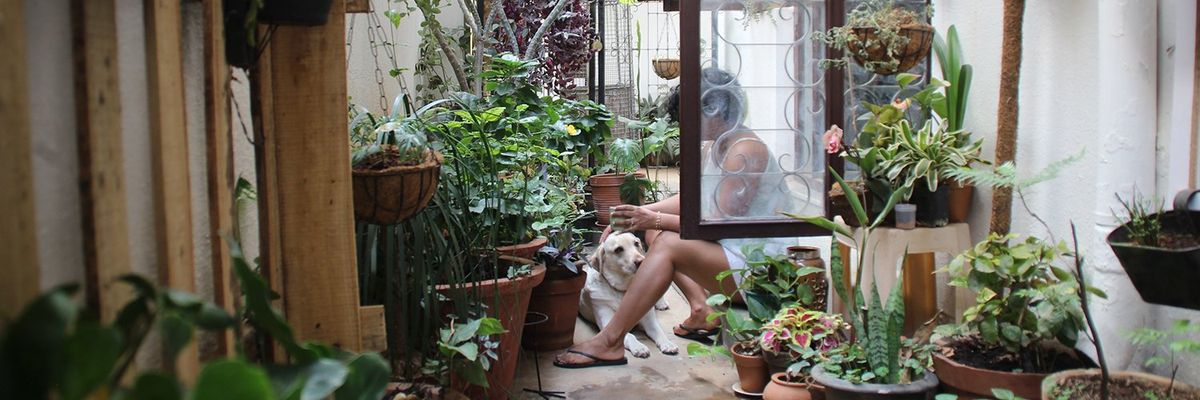
When the COVID-19 pandemic forced us to stay at home, many turned to the soothing act of growing and nurturing plants, and this “plant parenting” trend continued long after. Plants can be seen as a symbol of hope and resilience. There's something truly special about watching your plants grow and flourish, knowing that even during difficult times, life goes on.
While millennials have popularized the idea of plant parenthood, our Latine community has always had a green thumb. Our parents and abuelos have always had lush gardens or indoor plants that they care for. It’s no coincidence that while many have used plants as a way to cope lately, our parents and abuelos have been doing the same for generations.
The correlation between caring for plants and improvement in mental health has been proven, and this leads us to believe that our community has been onto something for years. While many immigrants have moved from rural and green spaces to more urban and compact cities in the United States, their practices of caring for plants remained the same. We have known our families to have indoor plants that fill our living spaces, and those with yards tend to start growing trees that will bear fruit.
Plants have an undeniable calming effect and have been shown to reduce stress levels. Just being around plants can lower blood pressure and help us feel less anxious. Indoor plants can also boost our mood, making us feel more relaxed and happy. In fact, studies have shown that greenery can even reduce symptoms of depression.
By removing harmful toxins from the air, plants can also lead to better respiratory health, which in turn can improve our overall wellbeing. And if you're looking to increase productivity and creativity, adding plants to your workspace could do the trick. By improving concentration and focus, plants have been shown to boost productivity and help us think more creatively.
So, in honor of our community and to encourage the improvement of mental health, we put together a list of plants that many of us grew up seeing at home. Who knows, maybe you’ll feel inspired to get one of your own.
Pothos Plant
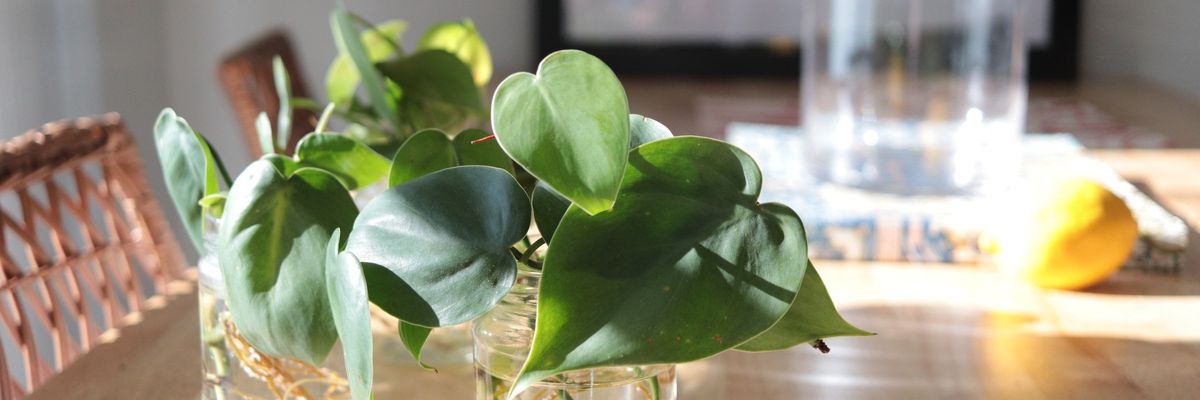
Photo by Jacob Spaccavento on Unsplash
One of the easiest plants to care for is a Pothos plant. It is also known for being one of the best plants to improve indoor air quality, it can be styled in many ways, including on tables, bookshelves, or hung to show off its vines. It’s no wonder it makes an appearance in nearly every Latino household.
Aloe Vera
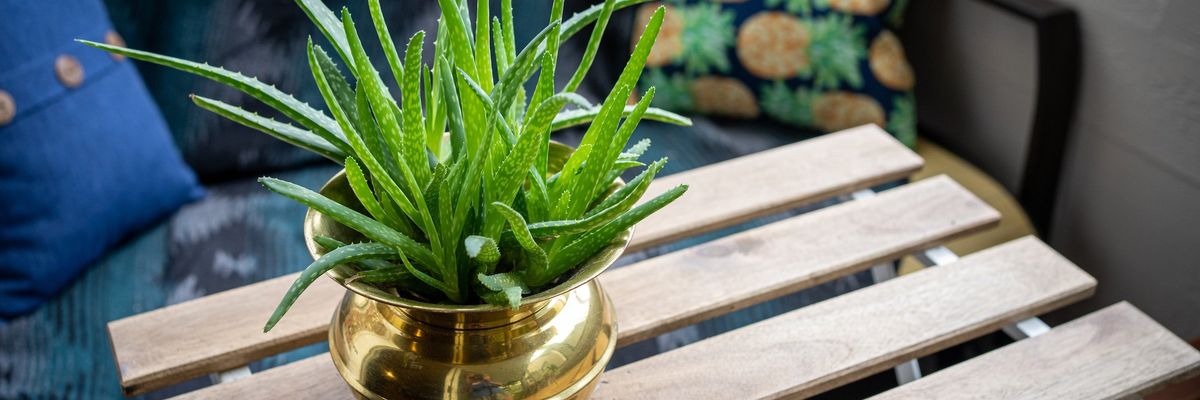
Photo by Alexandra Tran on Unsplash
Many know Aloe Vera as a medicinal plant. It is a low-key plant that grows best in dry conditions and well-lit spaces. The nostalgia of Aloe Vera plants will have you remembering the ways in which your mom used it to treat sunburns and even face masks.
Ferns
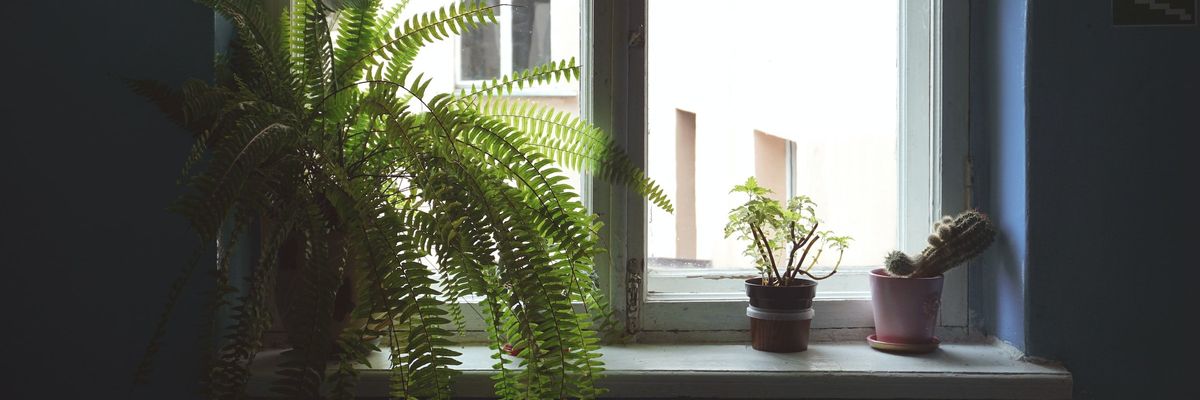
Photo by Victoria Strukovskaya on Unsplash
Quickly recognized for their divided leaves, these plants do well in shaded areas, making them the perfect indoor plant as long as you keep them in cool and open area spaces.
Cacti

Best known for how easy it is to care for them and their long life, cacti are perfect for any home. They’re aesthetically pleasing and require very little maintenance!
Snake Plant
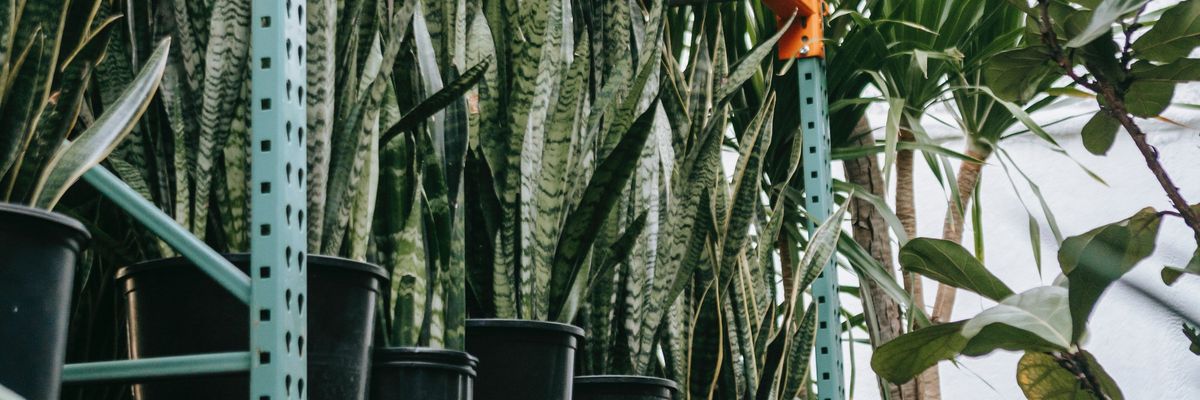
Photo by Teona Swift: https://www.pexels.com/es-es/foto/naturaleza-planta-cacerola-hoja-6913653/
This plant always makes the easy-to-care-for lists. It doesn’t need much water, in fact, during the winter months, and if there is decent humidity, it only needs to be watered once or twice during the entire season.
Peace Lily

Photo by Karolina Grabowska: https://www.pexels.com/es-es/foto/persona-manos-planta-hojas-4750404/
This plant hails from Central and South America and Southeastern Asia, making it a no-brainer that it ends up in so many Latino households. The white flowers add a little pop to the green, and with its ability to survive in little to moderate light and very little water, it’s perfect for new plant parents.
- The Latina Struggle of Feeling Like a Fraud: Understanding Imposter Syndrome ›
- 5 Ways to Unplug From Work ›
- Luz Media ›




